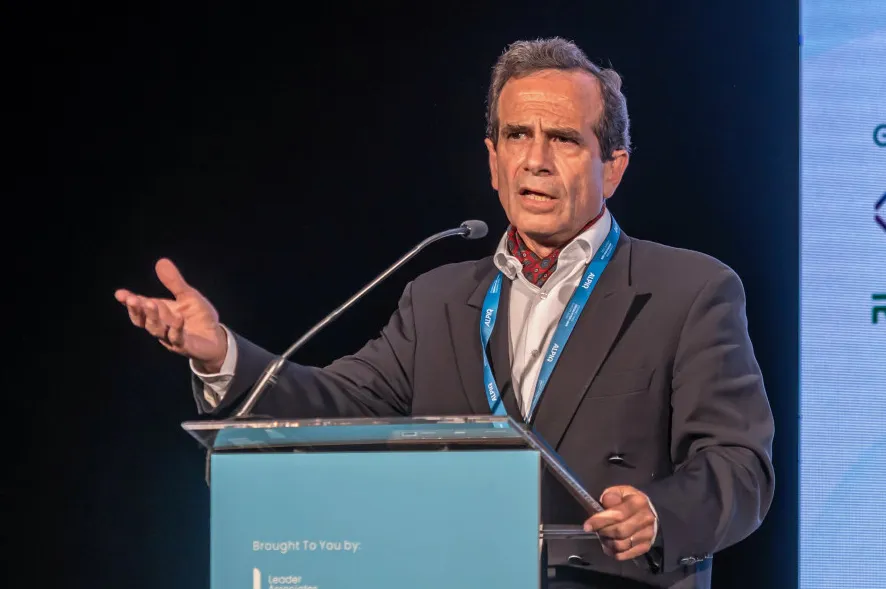European gas lobby chief admits that blending hydrogen into the gas network is not the best idea
President of trade body Eurogas tells conference that adding H2 to fossil gas ‘destroys value’

President of trade body Eurogas tells conference that adding H2 to fossil gas ‘destroys value’
